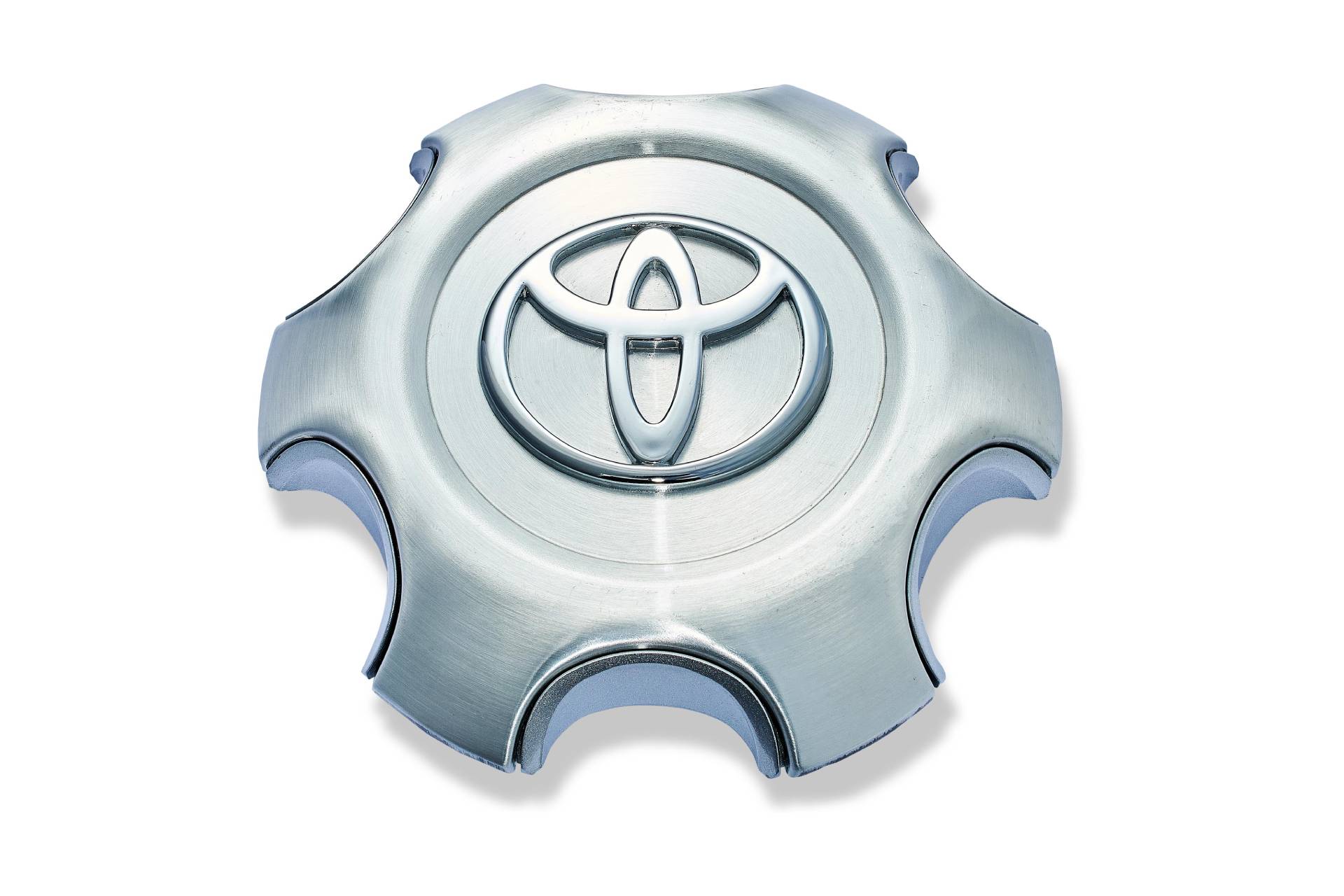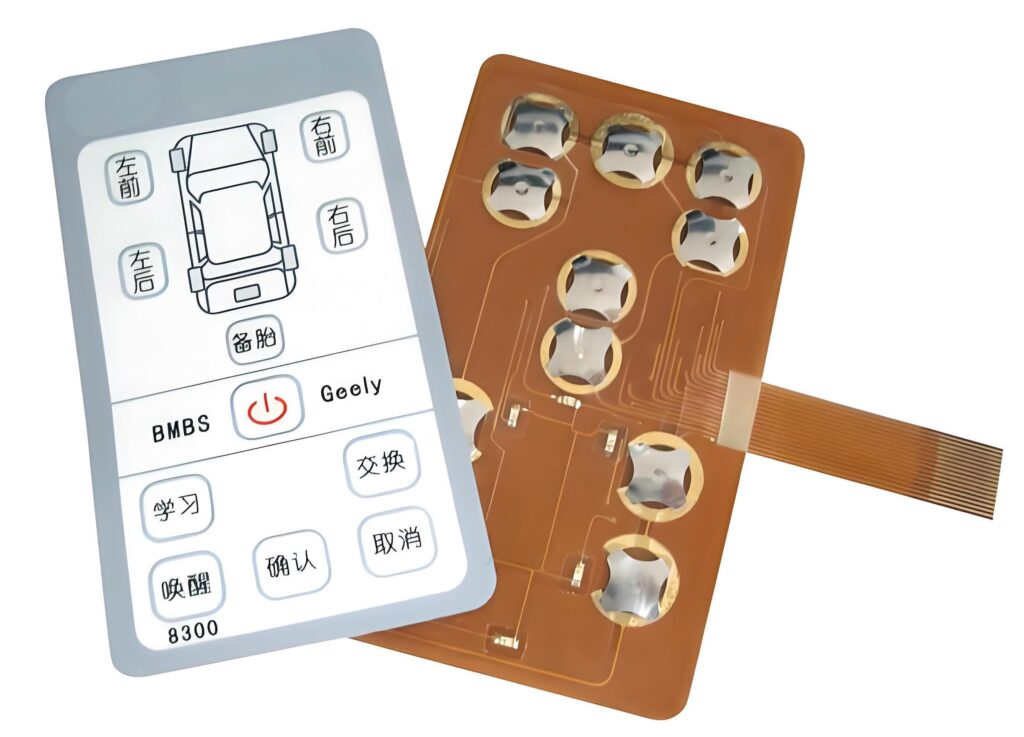How membrane switch is enhancing user interaction in medical devices
Everything About Membrane layer Switch Over: A Comprehensive Overview for Beginners
Membrane layer buttons are important elements in contemporary electronic devices, offering an one-of-a-kind interface for customer interaction - membrane switch. Their layered building and construction, consisting of overlays and conductive traces, offers capability and resilience. Unlike typical mechanical switches, membrane switches provide a sleek style and adjustable alternatives. Comprehending their vital attributes and benefits can transform item layout. The complexities of their application and style considerations call for further exploration.
What Is a Membrane layer Switch over?
A membrane button is a sort of electrical switch that contains a versatile membrane layer layered over a published circuit card. This design permits a streamlined and portable user interface, usually utilized in different digital tools. Membrane layer switches are commonly located in customer home appliances, clinical tools, and commercial equipment due to their resilience and resistance to environmental factors.The building and construction usually consists of several layers, such as graphic overlays and adhesive support, which offer tactile feedback and protect the wiring underneath. The procedure of a membrane layer switch is started when stress is put on the surface area, completing an electrical circuit.These buttons are valued for their flexibility, making it possible for custom-made designs and published graphics that deal with specific interface. Their inconspicuous nature decreases space requirements, making them suitable for applications where traditional switches might not fit. Overall, membrane buttons supply a useful and visual service for modern electronic tools.
Key Elements of Membrane Changes
Membrane layer changes make up several crucial components that add to their capability and performance. The top layer, understood as the overlay, offers the interface and is commonly printed with signs or graphics. Under the overlay lies a spacer layer, which divides the conductive aspects and prevents unintentional activation. The following important element is the visuals layer, which enhances visual appeals and ensures the toughness of the design.Conductive traces, normally made from materials like silver or carbon, are printed on the circuit layer. When pressure is applied to the overlay, these traces enter into contact, finishing the circuit. Furthermore, a support layer provides architectural support and can be made from materials such as polyester or polycarbonate. With each other, these elements create a trustworthy, user-friendly interface ideal for different applications, from home appliances to commercial devices. Understanding these aspects is crucial for any person curious about membrane button modern technology.
Just How Membrane Layer Switches Over Work
Understanding just how membrane layer changes feature is crucial for appreciating their extensive usage in different gadgets. A membrane layer button operates via a collection of layers, consisting of a visuals overlay, spacer, and a circuit layer. When pressure is related to the overlay, it presses the spacer layer, permitting the circuit layer to make get in touch with and finish an electric circuit. This action sends out a signal to the tool, triggering an action, such as turning on a light or turning on a function.Membrane switches can be made with numerous functions, including tactile responses, backlighting, and custom graphics, improving user interaction. Their building permits for a sealed layout, protecting the internal elements from dirt, moisture, and impurities. This sturdiness makes them suitable for diverse applications, from consumer electronics to commercial devices. Overall, the simpleness and efficiency of membrane switches contribute to their popularity in modern-day technology.
Advantages of Membrane Switches Mechanical Switches
While mechanical switches have actually long been a staple in several tools, membrane switches over offer distinct advantages that make them progressively appealing. One considerable advantage is their slim account, permitting even more portable layouts and better adaptability in product growth. Furthermore, membrane switches attribute an uniform surface area, which enhances aesthetic charm and simplifies cleansing, making them appropriate for settings where health is critical.Another advantage is their resistance to dust and dampness. Unlike mechanical buttons, which can be endangered by ecological variables, membrane layer buttons offer a covered user interface that shields versus contaminants - membrane switch. In addition, membrane layer switches usually have a longer lifespan because of fewer relocating components, resulting in enhanced sturdiness and reliability.Cost-effectiveness is likewise a remarkable benefit, as membrane layer buttons can be produced wholesale with lower production costs. These aspects integrate to position membrane switches as a practical option to typical mechanical options in different applications
Typical Applications of Membrane Layer Switches Over
Membrane layer buttons are extensively utilized in numerous sectors, specifically in consumer electronic devices and industrial control panels. In consumer tools, they give a smooth, straightforward user interface, while in commercial settings, they enhance sturdiness and functionality. Understanding these applications highlights the convenience and usefulness of membrane layer switches in contemporary innovation.
Customer Electronics Tools
As customer electronic devices continue to progress, membrane layer buttons have come to be a popular choice for a selection of tools because of their adaptability and smooth style. These buttons are frequently discovered in mobile phones, tablets, and push-button controls, where room is restricted and aesthetics matter. Their low account and adjustable designs allow suppliers to create straightforward user interfaces that improve the overall individual experience. In addition, membrane switches are often utilized in devices such as microwaves and coffee machine, supplying intuitive control alternatives while withstanding wetness and dust. The resilience and reliability of membrane layer switches over make them browse around here ideal for everyday consumer products, ensuring longevity and constant efficiency. In general, their combination in consumer electronic devices shows a blend of functionality and modern layout.
Industrial Control Panels
The applications of membrane layer switches over extend beyond customer electronic devices, finding considerable use in commercial control board. These switches are favored for their toughness and resistance to extreme environments, making them optimal for producing and procedure control setups. They give a reliable user interface for operators to regulate machinery, monitor procedures, and readjust settings. Membrane switches can be customized to fit certain operational requirements, including functions like backlighting and tactile feedback, enhancing individual experience. Their inconspicuous layout allows for integration into various devices, while their capacity to withstand spills, dust, and extreme temperatures warranties long life. On the whole, membrane switches add to safe and efficient procedure in industrial applications, demonstrating their adaptability and efficiency sought after atmospheres.
Considerations for Creating Membrane Switches Over
When designing membrane buttons, picking the ideal products is necessary to guarantee durability and functionality. Additionally, comprehending layer setup methods can substantially affect the button's performance and customer experience. These considerations play a crucial duty in developing efficient and reputable membrane button layouts.
Product Choice Relevance
Product choice plays a vital function in the style and performance of membrane layer buttons. The selected products directly influence the button's durability, responsive action, and general aesthetic. Key factors to consider consist of the substrate, which should offer structural honesty while permitting for flexibility, and the visuals overlay, which requires to be resistant to use and environmental factors. Conductive materials ought to ensure reliable electrical efficiency, while adhesives should supply solid bonding without endangering the button's procedure. Additionally, compatibility with manufacturing processes and end-user settings is important; products have to endure differing temperatures, moisture levels, and chemical direct exposure. Inevitably, appropriate product option not just enhances the membrane layer button's efficiency however additionally adds to its long life and individual satisfaction, making it an important facet of the layout process.

Layer Arrangement Strategies

Frequently Asked Inquiries
The Length Of Time Do Membrane Switches Normally Last?
Membrane layer buttons generally have a lifespan of 1 to 5 million cycles, depending upon usage and ecological conditions. Aspects such as layout top quality and operating regularity significantly affect their longevity and overall performance durability.

Can Membrane Switches Be Custom-made for Particular Styles?
Membrane layer buttons can indeed be tailored to suit details designs, permitting diverse forms, shades, and capabilities. This convenience enables suppliers to tailor these switches to meet distinct aesthetic and functional requirements effectively.
What Materials Are Used in Membrane Layer Switch Construction?
Membrane layer switches are generally constructed making use of products such as polyester, polycarbonate, and glue layers. These products supply resistance, versatility, and resilience to ecological aspects, guaranteeing the switches operate properly in different applications and problems.
Are Membrane Layer Switches Water-proof or Immune to Wetness?
Membrane buttons can be developed to be moisture-resistant, using specialized products and finishes. Nevertheless, their waterproof capacities depend upon construction quality and certain applications, making it vital to examine needs for perfect performance in different atmospheres.
How Are Membrane Switches Fixed if Harmed?
Fixing broken membrane layer switches over commonly entails changing the influenced layer or circuit. Specialists may also use conductive adhesive or use specialized repair work kits, ensuring capability is restored without complete substitute of the entire switch setting up. Unlike standard mechanical buttons, membrane layer switches present a smooth style and adjustable choices. A membrane button is a type of electrical switch that consists of a versatile membrane layered over try this site a published circuit board. The procedure of a membrane layer button is started when pressure is applied to the surface area, finishing an electric circuit.These buttons are valued for their flexibility, allowing custom designs and published graphics that provide to particular customer interfaces. While mechanical switches have actually long been a staple in many gadgets, membrane layer switches offer distinct advantages that make them progressively appealing. Membrane switches usually have a longer life expectancy due to fewer relocating components, resulting in enhanced durability and reliability.Cost-effectiveness is additionally a significant advantage, as membrane switches can be produced in mass with reduced production prices.